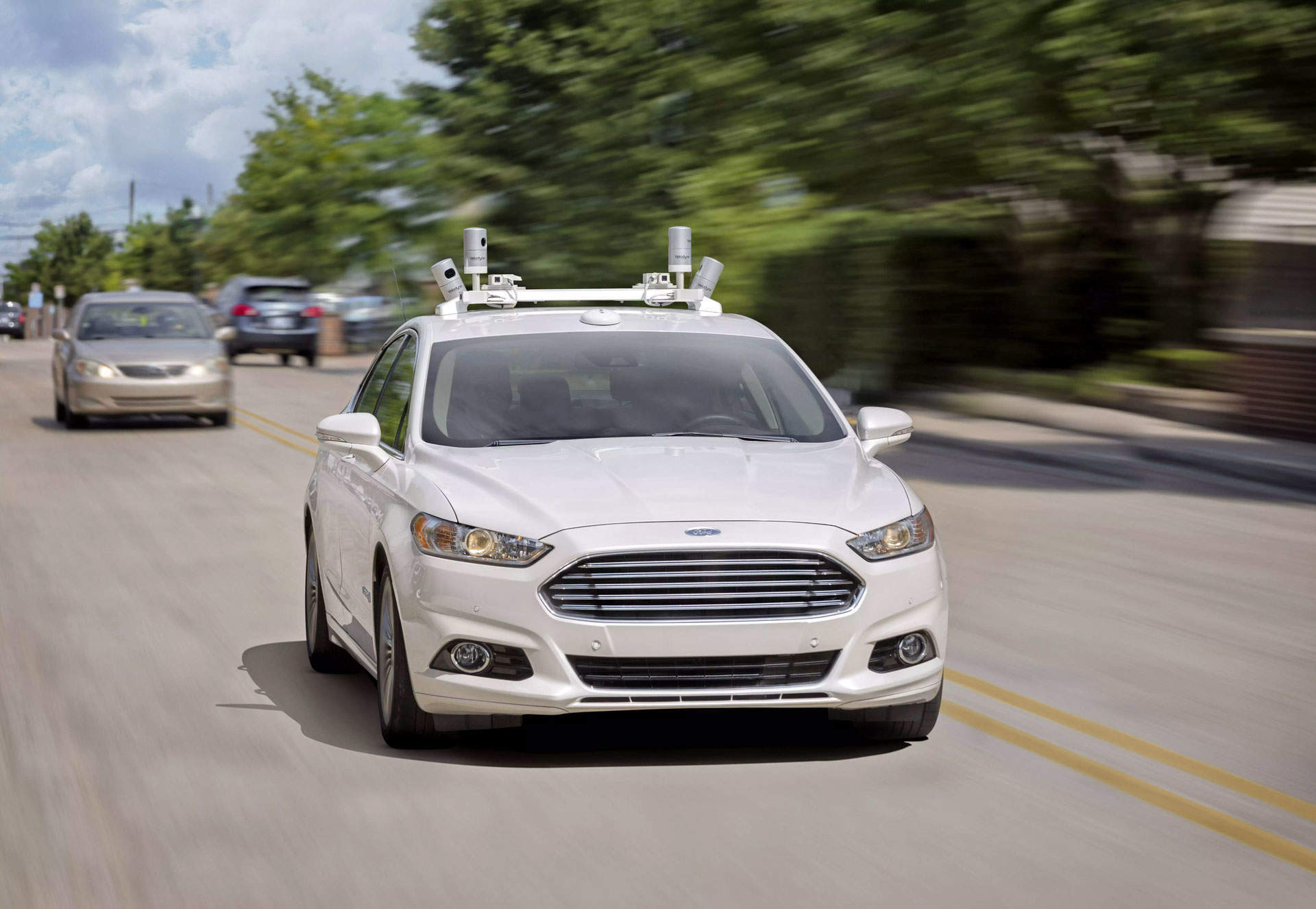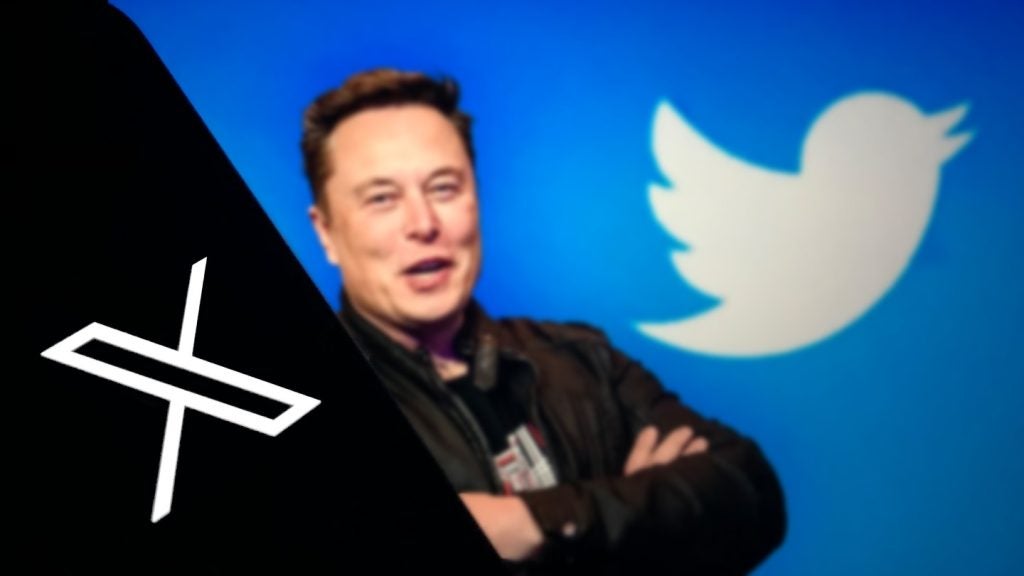
You’ll be forgiven for thinking that the global driverless car race is dominated by tech startups.
Last month, Waymo announced it has set up a Chinese subsidiary to test and design its self-driving cars and Tesla-founder Elon Musk is in the news almost daily, albeit not always for the right reasons. Secretive Silicon Valley-based Zoox recently announced a $500m raise and well-funded, true driverless car startup FiveAI will kick-off a trial in five London boroughs this year to gather valuable intelligence.
It is easy to focus on these disruptors when looking at a field and assume the world’s biggest car companies are resting on their laurels.
However, in the automotive industry, nothing could be further from the truth. Some of the largest companies are investing heavily and forging their own path towards a driverless future. For example, Ford is also testing self-driving vehicles and plans to start production of a fully driverless car in 2021.
With the driverless race in full swing, it shouldn’t come as a surprise that the incumbent manufacturing and electronic firms such as Ford, Daimler and Here Global (owned by Audi, BMW and Daimler), have filed the most patent applications relating to autonomous vehicles. While the incumbents may not be dominating news cycles, the patent filing data shows that they are investing significantly in this area. Patent filings are often a good indication of the investment being made by a businesses, as they seek to cement the value in the innovations they invest into.
A connected future
Analysis of patents filed shows that the future does not belong solely to the disruptors. The incumbents have a key part to play and will indeed ensure they stay at the forefront of automotive innovations.
How well do you really know your competitors?
Access the most comprehensive Company Profiles on the market, powered by GlobalData. Save hours of research. Gain competitive edge.

Thank you!
Your download email will arrive shortly
Not ready to buy yet? Download a free sample
We are confident about the unique quality of our Company Profiles. However, we want you to make the most beneficial decision for your business, so we offer a free sample that you can download by submitting the below form
By GlobalDataRather than disruptors and incumbents battling it out for market share, we can expect to see more partnership and collaboration, similar to what we’ve seen happening in the fintech sector.
After the incumbents, the next largest filers of patents include established tech companies like Siemens, Bosch and Baidu.
Collaboration between carmakers and tech companies is essential for overcoming interoperability challenges. A large amount of technological ground will need to be broken to enable driverless cars to identify appropriate routes, observe and interpret relevant signage, avoid obstacles and indeed each other. Vehicles from different carmakers – incumbent or startup – will have to communicate with each other and their wider environment.
Driverless car technologies therefore will not be developed in isolation. Manufacturers and electronic firms will have to become collaborators to drive the sector forward.
This is already happening. Daimler was the first international carmaker to be granted a licence to test self-driving vehicles in China, but only on the condition that it incorporated technical applications from Chinese tech company Baidu into its Mercedes-Benz test vehicles. Toyota also recently announced it is to invest $500m in Uber and expand a partnership to jointly develop self-driving cars.
However, increased collaboration will have an impact on how firms protect their intellectual property and future patent filings. Having a sophisticated plan for IP will be essential to securing a place in the future market.
Protecting the future with IP
Many disruptors are focusing their efforts on AI and software development. How they protect their innovations and maximise the value they can derive from intellectual property (IP) assets in the short and long term will depend on their business strategy.
Traditional carmakers often have deeper pockets and are thus in a better position to patent more widely, which could be one reason for the large number of patent applications amongst this group. Disruptors are often more cost-conscious and must think more cleverly to maximise their investments.
Again, having a sophisticated IP plan is essential. A blended IP approach using a mix of trade secrets and patents, and a mix of territorial protection and aggressive pruning are just some of the tactics that can be beneficial.
Trade secrets, for example, can be an important part of strategy to protect and exploit a potentially wide range of intangible intellectual property assets such as manufacturing innovations or AI software. This doesn’t simply mean not publicly disclosing an algorithm – to be an asset it must be treated as a secret and handled with care and within specific procedures. Not an easy feat at a time when collaborations are set to increase, especially for disruptors who don’t yet have much experience in protecting their assets.
The driverless car sector is a fledgling industry, with several contenders seemingly neck and neck on the first few laps. However, as with any industry, the frontrunners will soon begin to break from the pack. The players who will see the chequered flag as they cross the finishing line will be the ones who use their IP to navigate the new landscape while exploring new relationships.







